A fireplace is one of the pivotal areas of the house where everyone gathers around to spend relaxing, quality time. However, a fireplace is not just a collection of woods in a frame; many more complex components are involved. One of the parts connected to a fireplace is the chimney, a proper system that works in unison with the fireplace.
A chimney serves as a vent and safeguards the household from potential fire hazards. This is the main reason why the repair and maintenance of the entire structure are necessary. And for that, knowledge about the parts of a chimney is essential; so you can detect and inform about issues.
7 Basic Parts of a Chimney
These 7 structures are essential components that make a chimney system:
Chimney Cap
A chimney cap is a metallic hood covering and protecting the top and flue. It is an essential part yet does not come standard with a chimney. And yet, it is a crucial accessory.
Chimney caps help prevent external nature’s wrath, such as rain, sleet, and snow, from pouring inside a home.
They also keep out debris, downdrafts, and animals from coming in. When hot ashes rise upwards in a chimney, wire mesh on the cap acts as a spark guard, preventing fire ignition on the roof.
Chimney Liner
Chimney liners are essential because they save flammable parts of a home from intense temperatures by fires in fireplaces and wooden stoves.
In case of even the tiniest of a crack in the liner, replacement is a must. Sometimes, adding a liner is essential at the time of installation of a new stove or fireplace.
Ensure that these liners are the correct puzzle-like fit for the appliance. Otherwise, pollution will increase, and the level of heat produced will decrease.
Chimney Flue
Both chimney flue and the chimney liner are sometimes used interchangeably and sometimes not. This is the main reason behind its confusion.
A chimney flue is a vertical shoot via which flammable materials that come from fires exit the house. Only masonry bricks are in old ones, which can be seen over the roof line in the flue.
Chimney Crown
The crown you can spot is the cemented part that is visible at the top and helps keep water from getting inside the chimney system. It is one of those parts of a chimney structure that surrounds the flue. Chimney crowns are more susceptible to damage because of direct exposure to external elements. If the crown cracks up, it needs repairing or replacement as early as possible.
Chimney Flashing
The metal flashing is the point where the chimney and roof meet. This area prevents water from going into the roof, damaging your houses considerably.
The parts that makeup chimney flashing are prone to rust along with wear and tear, quicker than other structures. It is essential to check the flashing almost every other day to ensure nothing goes wrong.
Damper
There are 2 metal plates just over the firebox; these are chimney damper doors. They must be opened before you set logs on fire inside the house.
And, you must ensure that once the fires go cold, the damper is closed up. This step is crucial to prevent heat loss from the chimney.
If the damper suffers from rust or no longer has an adequate seal, repair or replace it at once.
Smoke Chamber
The smoke chamber is present between the damper and flue. It is the area where combustion byproducts compress into a tinier space to exit through the chimney. An adequate fireplace facilitates this system operation, including a smoke chamber with sloping walls.
Final Outlook
The chimney is one of the essential parts of the house, and its maintenance is crucial. So, contact the chimney experts from Brusher’s Chimney at (346) 258-3477.


